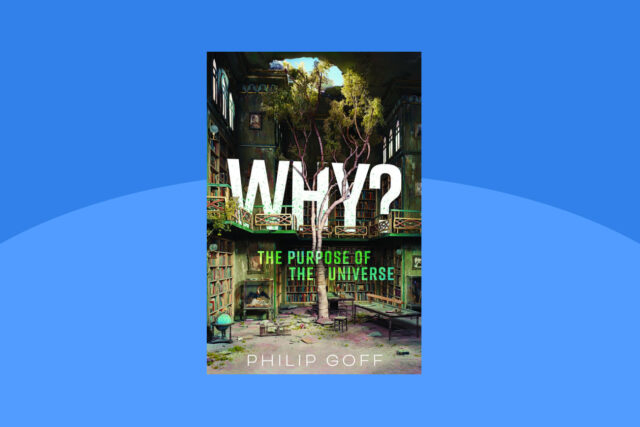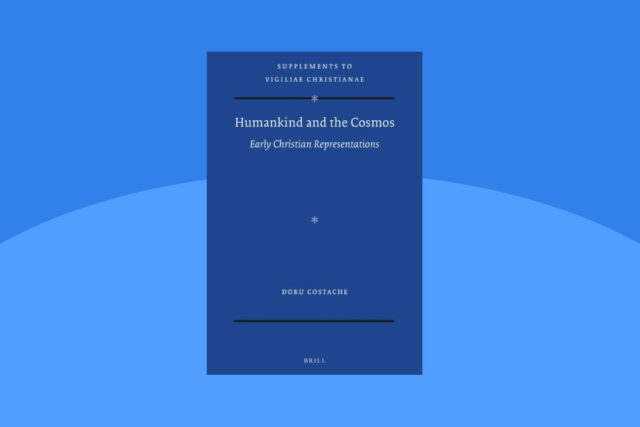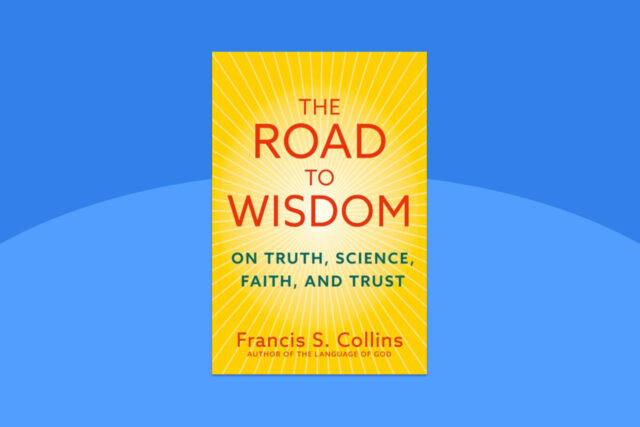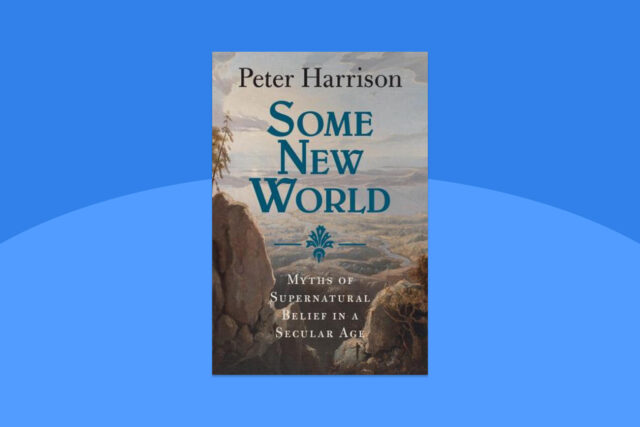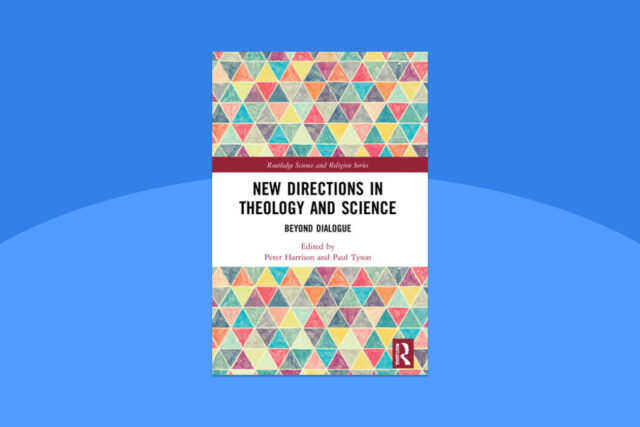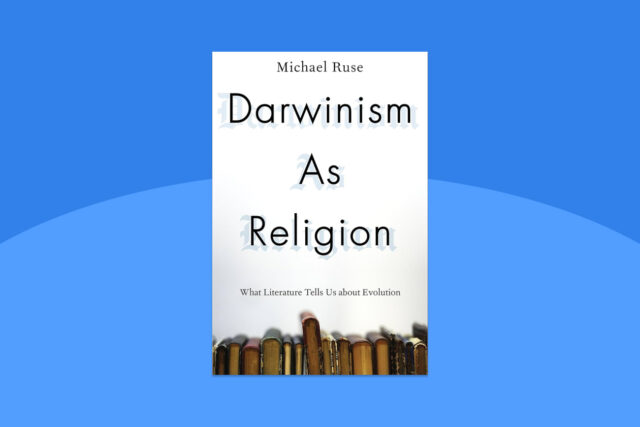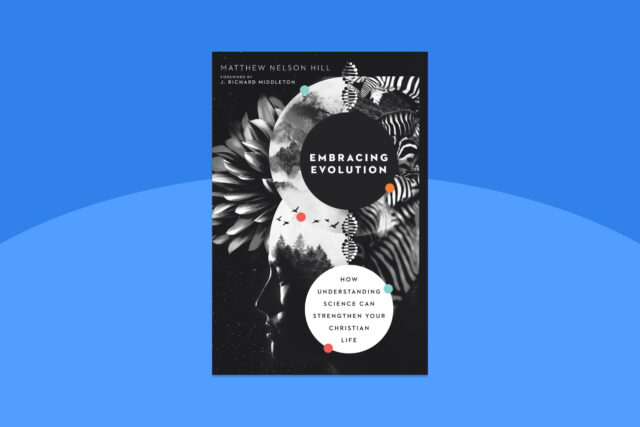


23 August, 2019
Review of The Demon in the Machine: How Hidden Webs of Information Are Finally Solving the Mystery of Life by Paul Davies (Allen Lane/Penguin Books, 2019)
By Andrew Wood
A pdf of this review can be downloaded here
Paul Davies received the Templeton Prize in 1995 and has previously engaged in science-faith questions (God and the New Physics, 1983; The Mind of God, 1992). The main title of this book refers to the famous Maxwell’s Demon, more of which in a moment, but the subtitle is How Hidden Webs of Information Are Finally Solving the Mystery of Life. It looks carefully at two great mysteries: the origin of life and the origin of consciousness. It assumes no particular scientific training and is written in a particularly appealing and accessible manner. One of the main themes is the causal power and independent existence of information. Information pattern management is argued to be at the base of the emergence of life and consciousness. It speaks directly to the classical objection to dualism: how can physical matter be affected by non-physical influences (“mind,” “soul”) without the measurable flow of energy. Although this is not fully clarified, important properties of information patterns are highlighted and integrated into considerations of evolution and quantum indeterminism.
First, to briefly explain the “Demon” in the title. James Clerk Maxwell proposed a thought experiment in 1867, in which a tiny intelligent being (a “demon”), placed between two chambers, is able to let fast-moving molecules go from chamber 1 to 2 (via a minute trap-door) but not if the molecule is travelling slowly. The net result of this is that chamber 2 heats up relative to chamber 1, and thus beats the law of entropy. As background to this, it should be pointed out that Maxwell was a deeply religious person, who saw deep theological significance in the unification of science: in addition to his contributions to the kinetic theory of gases (the Maxwell-Boltzmann distribution) he unified electricity, magnetism and light in the famous Maxwell’s Equations.
Although Maxwell’s demon was a thought experiment, Davies discusses how such a system for converting information to physical work could be realised (and have already been demonstrated). He explains that information has properties which are similar to physical systems: for example, heat is generated as stored information is erased and like energy, information can be exchanged from one form to another. A chapter entitled “The Logic of Life” considers the ability of organisms to act as computers: indeed to act as logic gates. He reviews the present evidence of quantum computing by biological systems and hence a kind of demon to act as a ratchet to drive reaction in a particular direction. Epigenetic control via top-down causation and control of the dual role of DNA as both hardware and software in self-replicating organisms are discussed. The significance of open systems in relation to agency and free-will in the brain is also discussed. Although the ideas are fairly meaty, the bright and conversational style keep the reader engaged.
Amidst all this cutting-edge science, what is there here that is relevant to religious faith? As with all big questions, the even bigger questions are unavoidable, vide these quotes:
How do life’s information patterns come into existence in the first place? (p. 215)
and
It’s an uplifting thought that the laws of the universe might be intrinsically bio-friendly … but if the emergence of life and perhaps mind, are etched into the underlying lawfulness of nature, it would bestow upon our existence as living, thinking beings a type of cosmic-level meaning. (p. 217)
Davies notes “The world depends utterly on God for its continued existence, but God does not depend on the world,” (p 210) which is a similar asymmetry to the universe being governed by eternal laws, but that these laws are impervious to what happens in the universe. He has argued elsewhere that both religion and science are founded on faith, and any claim by science “to be free from faith is manifestly bogus.” (New York Times, 24 Nov 2007)
At just over 200 pages, with illustrations and boxes, The Demon in the Machine makes a relatively easy read. Definitive answers to the big questions are not provided, but thought-provoking signposts along a roadmap are certainly provided. Those who want a further exploration of these themes are directed to Walker, Davies and Ellis (Eds): From Matter to Life: Information and Causality (Cambridge University Press, 2017).
Andrew Wood is a Professor of Biophysics, currently at Swinburne University and a Fellow of ISCAST.

